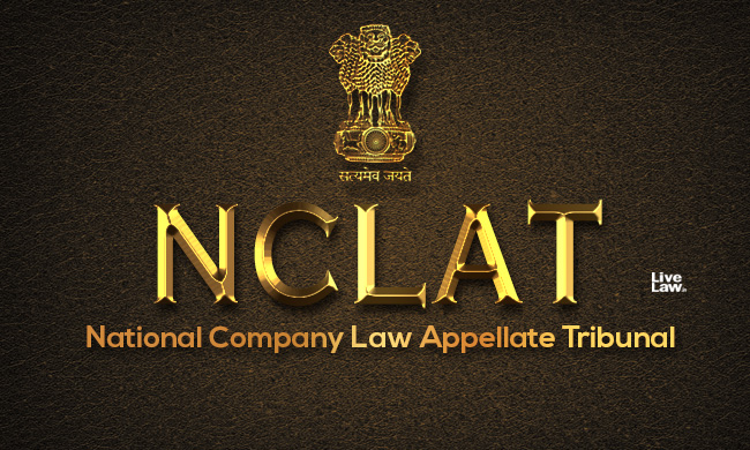Holding The Resolution Plan To Be Discriminatory, The NCLAT Sets Aside The Plan For Piyush Shelters India Pvt. Ltd
LIVELAW NEWS NETWORK
24 Jan 2022 11:04 AM IST

Next Story
24 Jan 2022 11:04 AM IST
The NCLAT in a Bench comprising of Justice Ashok Bhushan (Chairperson), Justice Jarat Kumar Jain (Judicial Member) and Dr. Alok Srivastava (Technical Member) in Amit Goel v. Piyush Shelters India Pvt. Ltd. set aside the Resolution Plan proposed by Maya Group on the ground that there was discriminatory treatment of the 'non-claimant' financial creditors, as compared to the...
